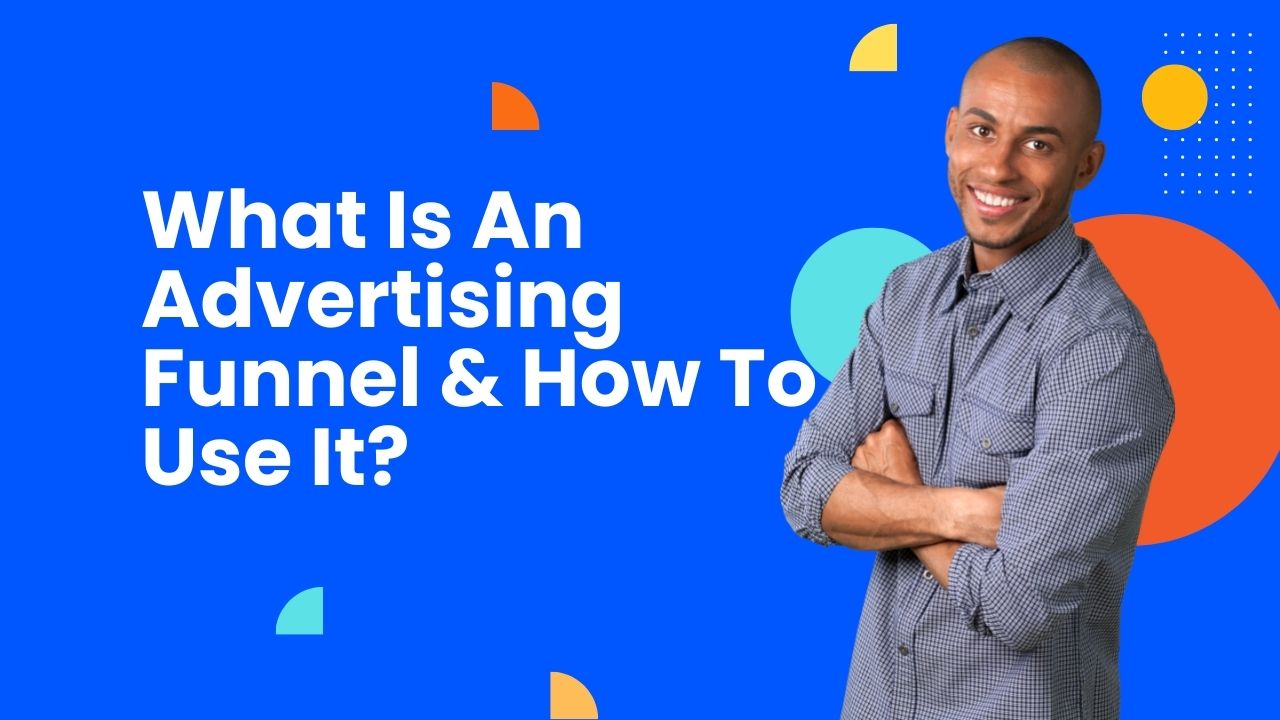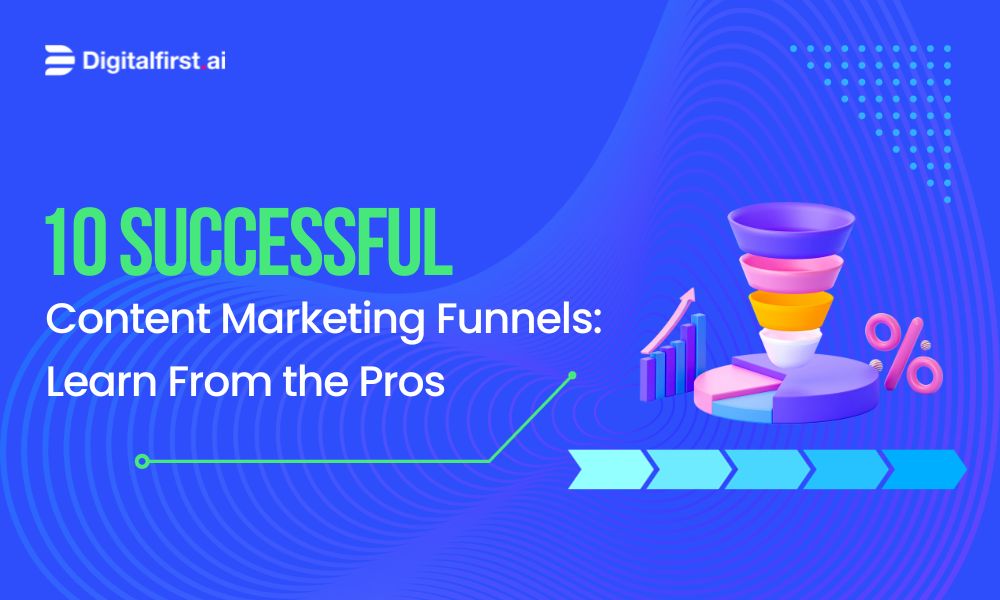What Is An Advertising Funnel & How To Use It? [Example Included]
In this article, we'll help you understand the basics of what an advertising funnel is and how to build one for your business. We'll also explore some interesting insights into how effective advertising funnels can be.
Sonu kalwar
Share:
With the rise of online advertising, there's no shortage of opportunities for companies to generate more leads and drive more conversions. But many companies don't take full advantage of how much paid advertising giants like Google and Facebook can help.
You might not realize it, but a brand like Adidas spends over $110,157 monthly on Facebook ads itself. They know that the advertising funnel is a powerful tool to help them deliver the right message to the right people at the right time and create a strong relationship with their customers. They want to understand them better.
In this article, we'll help you understand the basics of what an advertising funnel is and how to build one for your business. We'll also explore some interesting insights into how effective advertising funnels can be.
Try Digital First AI's Plug & Play AI-Powered Marketing Workflows Builder

No credit card needed. Instant access. Try now for free.
What is an Advertising Funnel?
Let’s say you want to sell a product. You might think that the easiest way to do that is simply to create a website, list your products and prices, and wait for people to come flocking in. But it's not that simple.
There are two things that you need to know about selling products online: how many people actually see your site, and how many people actually buy what you're selling. To track these numbers, we use an advertising funnel.
An advertising funnel or a digital marketing funnel is a sales process. It’s a series of steps that a customer goes through from the first time they hear about your product or service until they make a purchase. The funnel helps you to measure how effective your marketing is and optimize your marketing efforts by showing what type of content works best for different stages in the sales cycle.
Your customer journey begins when someone first hears about your business and ends when they purchase from you. This is known as the “funnel” because it looks like a funnel, with prospects being led down through a series of steps towards making a purchase.
The wider the top of the funnel (more people hearing about your business), the narrower its bottom (fewer people purchasing), and vice versa. The goal of every marketer should be to maximize conversions at each step in their funnel—and by doing so, increase revenue and profits for their company.
Explore deeper:
Example of an Advertising Funnel from Adidas
Adidas spends a lot of money on advertising. Recently, they spent over $110,000 in the month of June, on Facebook alone, and over &1.5 Million on Google Adwords. That's not even counting the millions they spend on traditional media like television and billboards. They also have an amazing social media presence—they have over 4.1 million followers on Twitter, 26.4 million on Instagram, and 936K+ subscribers on YouTube!
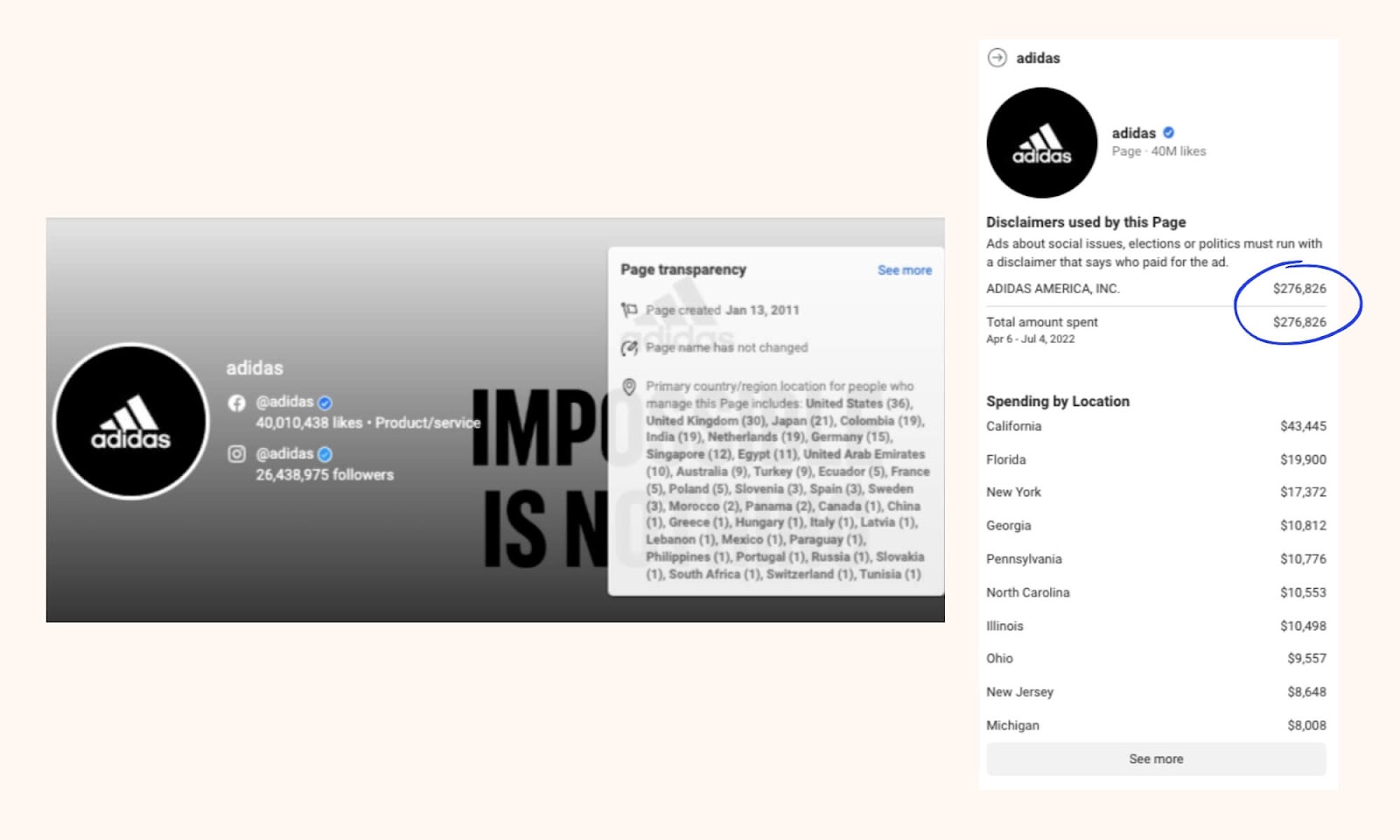
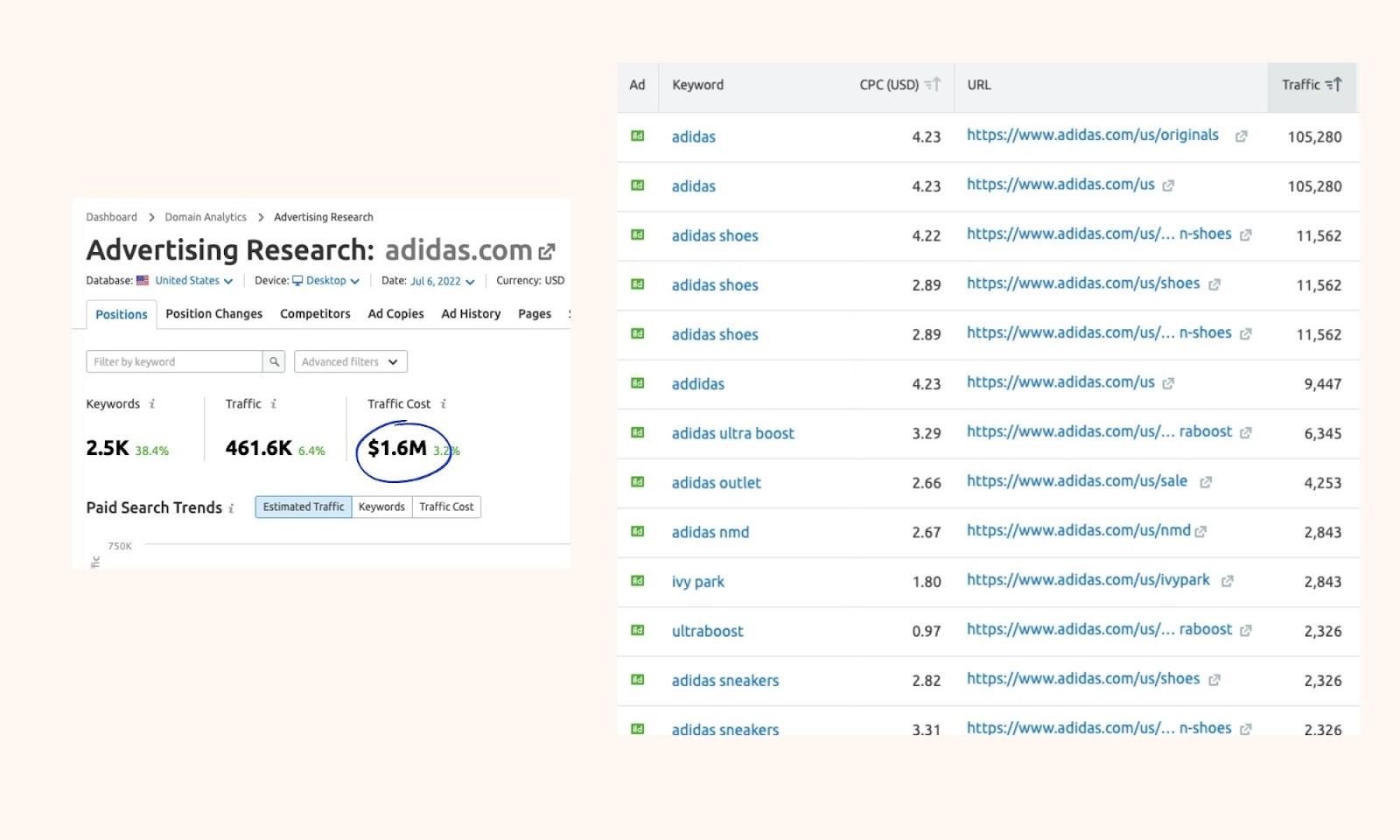
Here’s an example of what an advertising funnel for Adidas looks like;
1. The first touchpoint is when a person sees an advertisement from Adidas on social media and clicks it to learn more about the product.
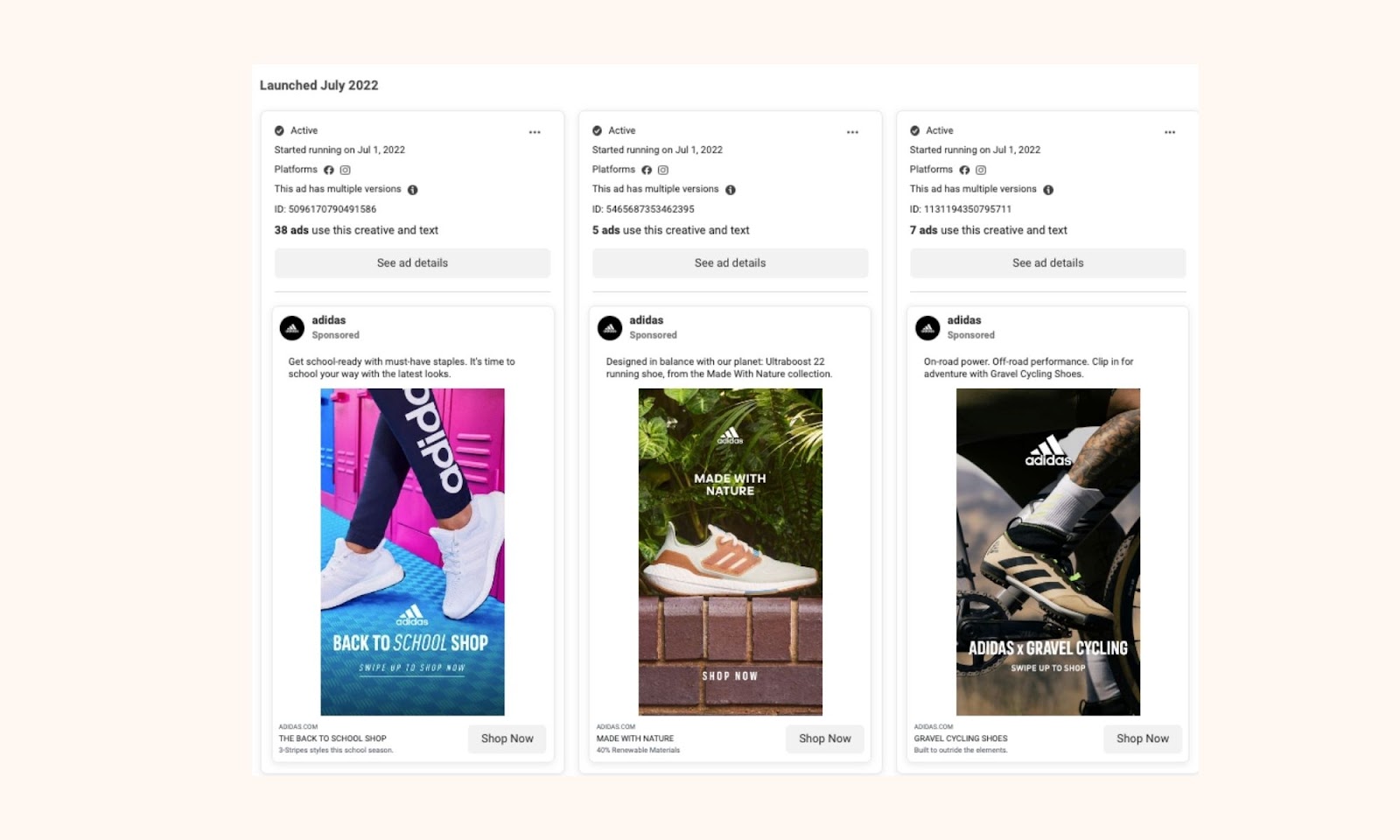
2. The second touchpoint is when they visit their website or receive content that helps them understand why they should use their product (hopefully making them want to buy it).
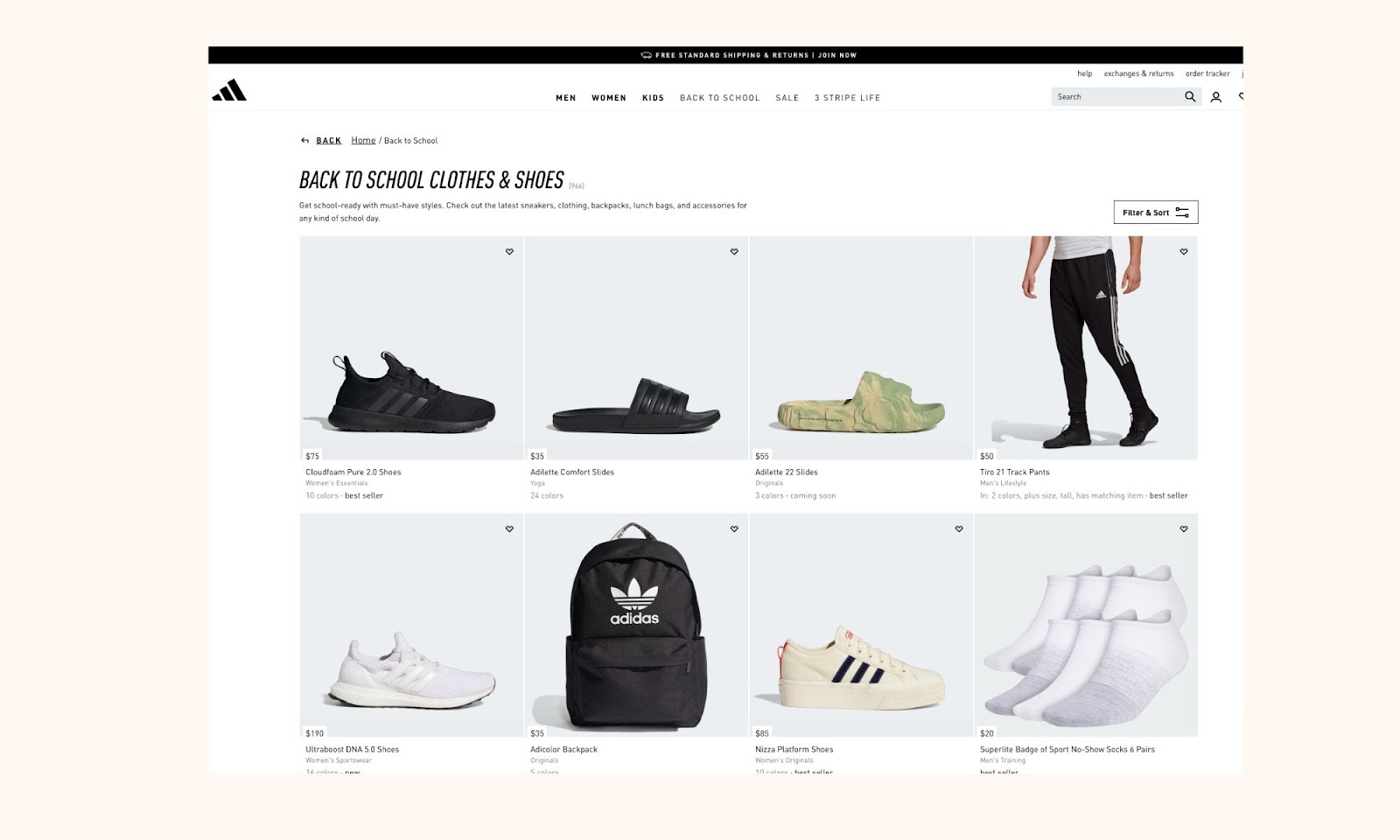
3. The third touchpoint is when they make a purchase from them or join the Adiclub for discounts!
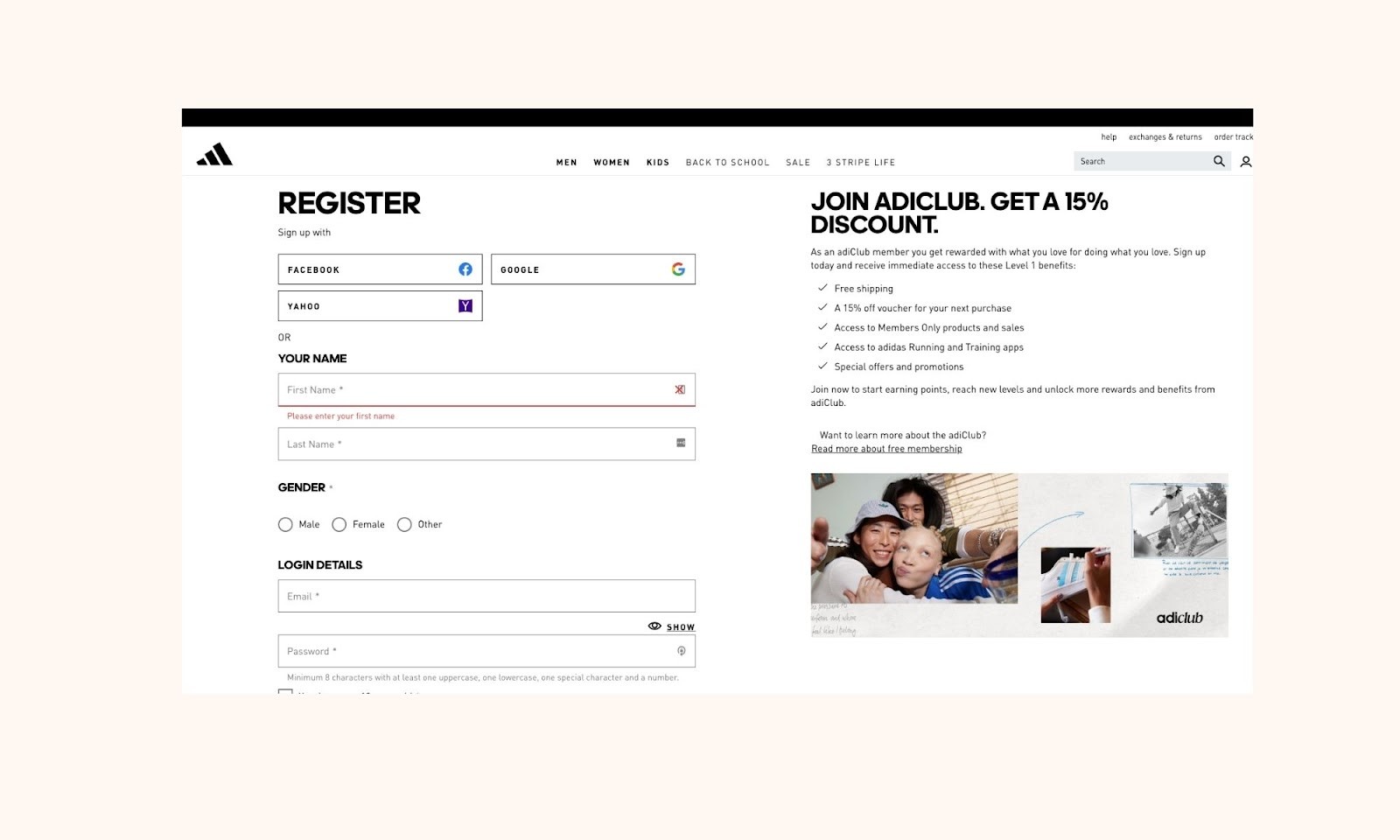
How do you Build an Advertising Funnel?
It's important to know where your customers are in the buying journey. While it's tempting to create a single page that has everything you need, it won't be as effective as a well-structured funnel that addresses each stage of the customer relationship.
A good advertising funnel will help you connect with potential customers at every stage of their buying journey. If you're going to create an advertising funnel for your brands, keep these tips in mind:
Identify your audience
The first step in building an effective advertising funnel is to identify your audience. This can be done by asking yourself a few key questions:
Who are the people I want to buy my product?
What do they look like?
How old are they?
Are they male or female?
Where do they live?
What interests them?
How much disposable income do they have available to spend on my product?
You may have more than one target audience, so it's essential that you answer these questions for each. Once you've identified your audience, it's time to tailor your ads accordingly.
Decide what you want to achieve with your funnel
Before you can build anything, you need to define what it is you want to achieve with your funnel.
What is the goal of your funnel?
How do you know when a campaign has been successful? (What is your target for success?)
What problem does this offer solve for people who interact with it? (Why would anyone care that this exists?)
Who are the people who will be interested in interacting with this offer and why? (What are their goals, motivations, and challenges—and how can this product help them achieve those goals?)
The answers to these questions will inform every aspect of your future advertising campaigns: from choosing which ads perform best on which platforms; all the way down to deciding what copywriting tone will resonate most strongly with each audience segment.
Create a specific landing page
You've got a great ad, but if the landing page experience doesn't match up, you're not going to make a sale.
A landing page is an individual webpage designed to complement the search ad that brought you there. Landing pages can be similar to or different from other pages (like product pages on your website) because they’re tailor-made to complement the search ad. If you are after brand awareness, a PPC ad about your overall business can just point to your home page. But if it’s the sales for your summer products that you want to drive, a single standalone page specifically designed to promote that product might be better.
Landing page best practices for advertising funnel
Use relevant & target keywords
If you want to get a high return on your PPC spending, you'll need to ensure that your landing page is relevant to the keywords you're targeting. If people come to your page looking for dog training and they find that it's actually a page about a dog food company, they probably won't stick around very long.
Create content keeping target audience in mind
It's not just what you say; it's how you say it! When crafting content for your landing page, think about the people who are likely to be searching for the terms associated with your product or service. What do they want out of life? What do they struggle with? How will your product or service solve their problems? Take these things into account as you write copy that speaks directly to them and addresses their concerns.
Use multiple conversion elements
The goal of any landing page is for visitors to take action—whether that action is signing up for a free trial or buying a product outright. In order achieve this goal, use multiple conversion elements such as buttons, links and images on the page so that visitors have multiple ways of moving forward with their decision-making process
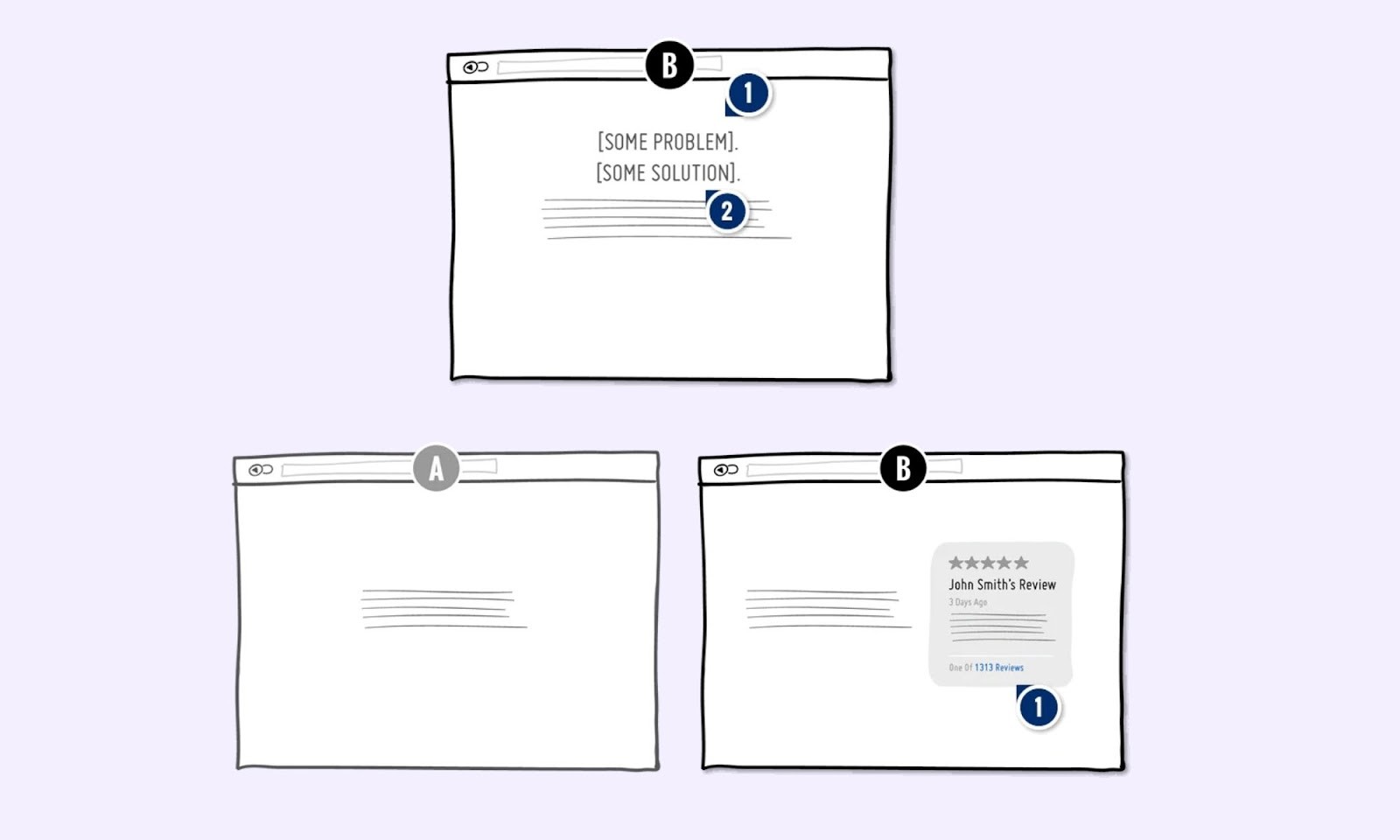
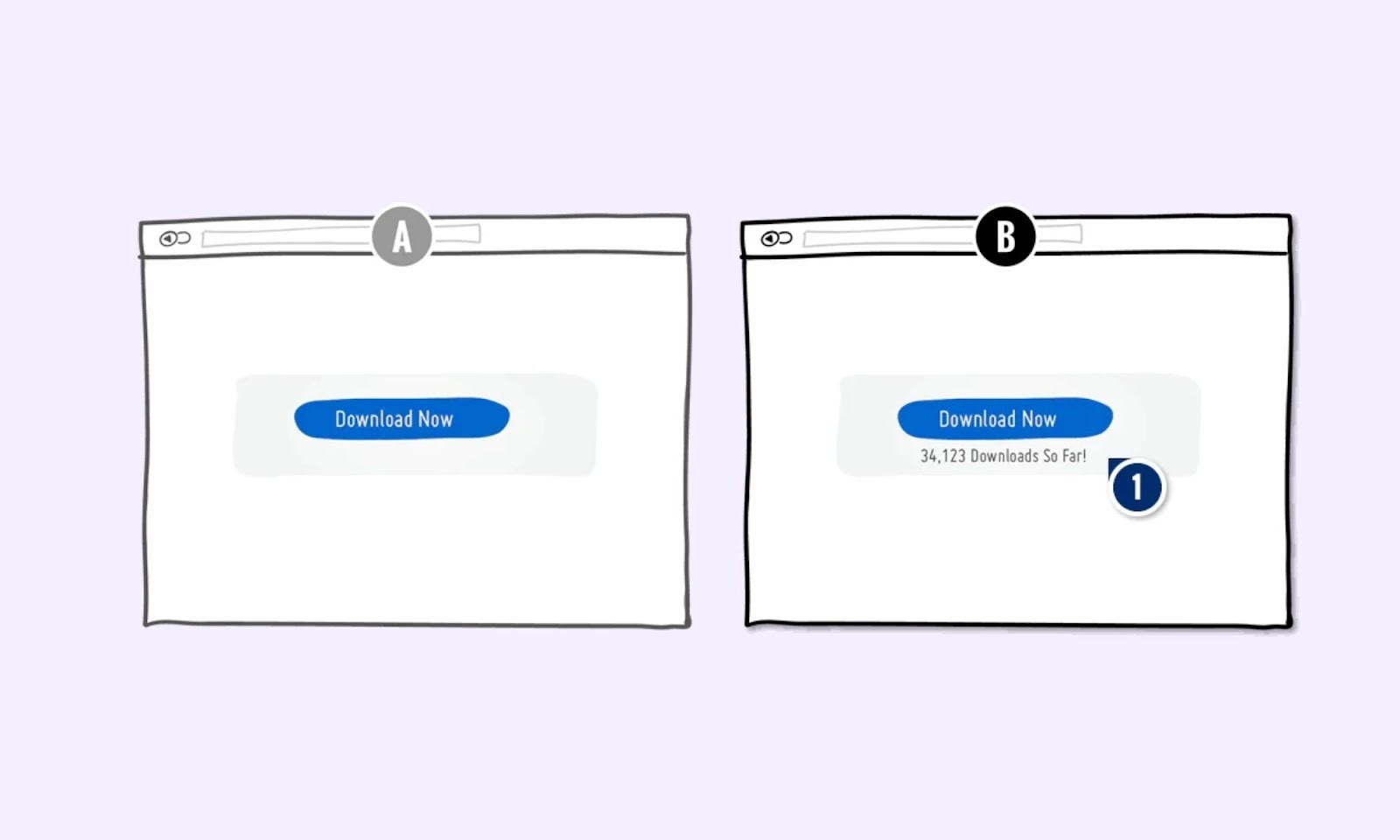
Determine your call to action (CTA)
The CTA is the most important part of your landing page. Without an effective CTA, you're not going to be able to convert visitors into customers. So how do you create a great call to action? Here are some tips:
Use action words like "free," "today," or "apply now." These words make your CTAs more enticing and help them stand out from the rest of the copy on your page.
Make sure that every CTA has a different link color so that it's easy for visitors to tell which CTAs go where. This will also make it easier for them to navigate through your site if they decide they want to take action after reading about each one.
Include social proof in your CTAs by including testimonials from satisfied customers or statistics about how many people have signed up for your product or service with similar CTAs in the past (this is called 'social proof'). This way, people who are on the fence about signing up will see that other people have already done it and it's worth their time as well!
Some examples:
- "Get your free trial"
- "Start your free trial now"
- "Join our community of [insert group name]"
- "Find an event near you"
Create your ads
The next step is to create your ads. Here are some tips for how to do it:
Make sure your ads resonate with your audience
Test different variations of the same ad and see which one performs best (use A/B testing)
Optimize your ads based on the results of your tests; change elements like images, text, call-to-action buttons etc., until you find the winning combination
If a certain ad isn't working well, try something else instead! Don't be afraid to experiment with different approaches
Establish your budget and other parameters for ads placement
After you have a rough idea of what your website will look like and where it's going, it's time to establish the budget and other parameters for ads placement.
How much money do you want to spend on this project?
What kind of ads are you willing to use?
What kind of targeting options do you want at your disposal? For example, if someone had just searched for "best shoes," would you want them seeing an ad for running shoes or athletic apparel instead? Or perhaps both!
How will success be measured (e.g., clicks, impressions)
Analyze performance and adjust as needed
Optimize Funnel on Google Adwords
Google's advertising tools are a great way to start growing your business. But if you're not doing it right, you could be wasting your time and money.
Here are three tips for making sure your Google AdWords campaigns are effective:
Use different keywords for different kinds of leads
When you're trying to find keywords for Google Ads, it's tempting to just use a single keyword that describes what you do. But if you're selling products or services, there are probably different types of people who might be interested in them—for example, people who want to buy something right away, and people who are just starting to research options.
The best practice is to have separate campaigns for each type of lead. Create one campaign with keywords that are more general (like "gold jewelry"), and another campaign with more specific keywords (like "gold wedding rings"). Then put the more general campaign in broad match mode and the more specific campaign in phrase match mode. This way, when someone searches for "gold wedding rings," they'll see your ad even if they don't include those exact words in their search query.
Target your ads wisely
You should also target your ads based on where they're likely to find conversions. If a person is researching cars online, they may be more likely to convert on an ad talking about car loans or car insurance—not just general auto insurance or loans that could apply to any kind of vehicle they want to buy later down the road when they're ready to make the purchase! So target them with the right kind of ad so that when they do finally make
Align your ad copy
Align your ad copy with your landing page copy so that visitors feel like everything is cohesive and makes sense when they go from seeing one thing (the ad) to another (the landing page).
Here’s a good example of Google advertising funnel by Keen Footwear:

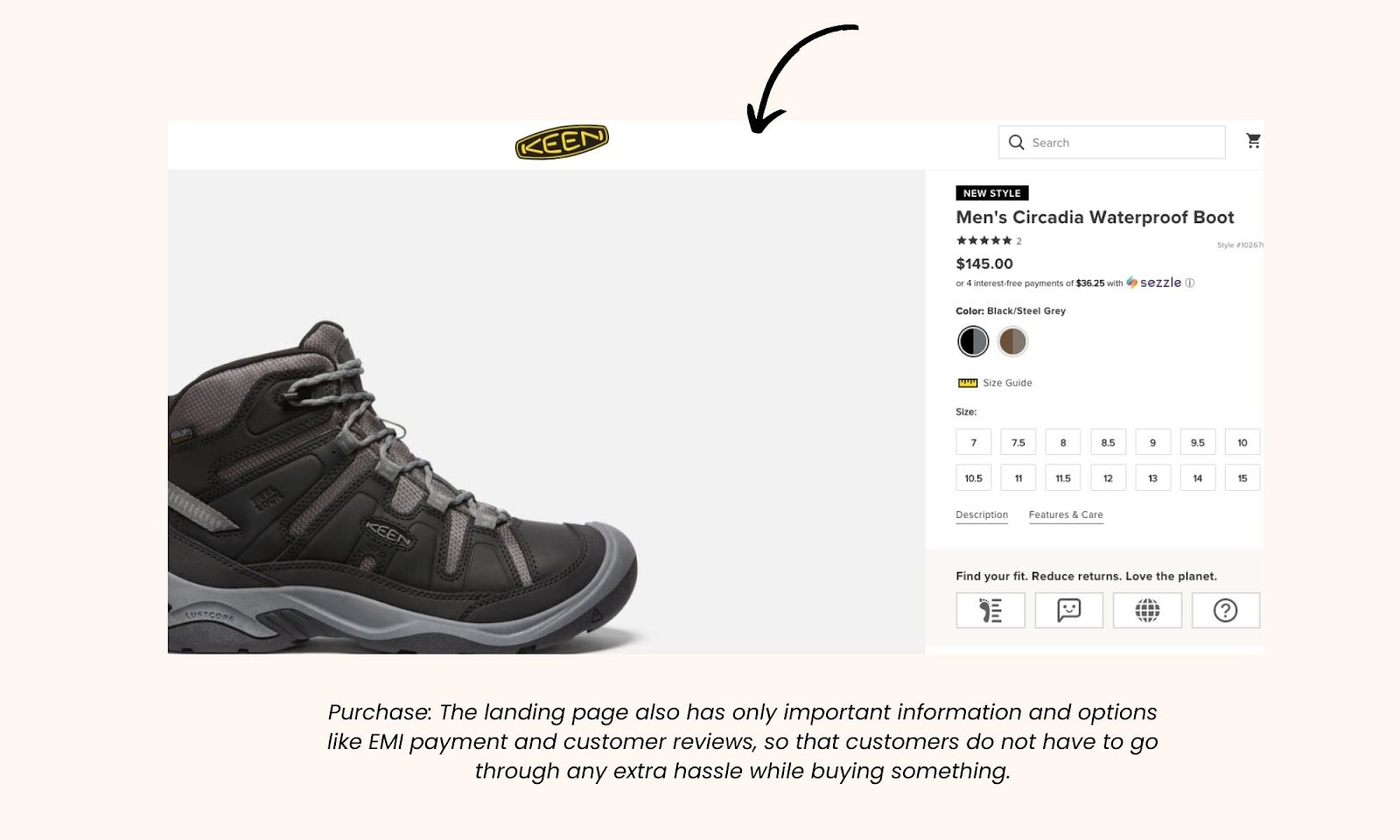
And that's all!
If you've made it this far, congrats on a job well done.
You've learned about an advertising funnel, how to use to your advantage, and how to find a winning formula for your business.
Build Marketing Workflows That Work for you

No credit card needed. Instant access. Try now for free
Digital First AI empowers marketers with AI-driven tools to centralize data, build personalized strategies, and execute campaigns seamlessly.
Generate content, automate workflows, and outpace competitors—all in one secure platform.
AI-Powered Data Room: Centralize and analyze unstructured data for actionable insights.
AI Strategy Canvases: Generate 26+ strategic canvases for tailored campaigns.
Advanced Research Tools: Conduct real-time market and competitor research.
AI Content & Visuals: Create high-quality copy and visuals with leading AI models.
Drag-and-Drop Workflow Builder: Design and automate custom workflows effortlessly.
Pre-Built Templates: Jumpstart campaigns with customizable templates.
Over 15,000 marketers and entrepreneurs from around the world are already reaping the benefits. Enjoy a free trial without any commitments!
But wait, there's something for you :)
We know how hard it is to come up with new marketing funnel ideas, and if you've done everything that the internet has to offer, then we're here to tell you that you're not alone!
That's why we created Digital First AI. It's a marketing AI that creates a winning marketing plan for your business and executes it in minutes. The best part? You don't have to be an expert in marketing—the AI does all of the heavy lifting for you.
So what are you waiting for? Try Digital First AI today!

